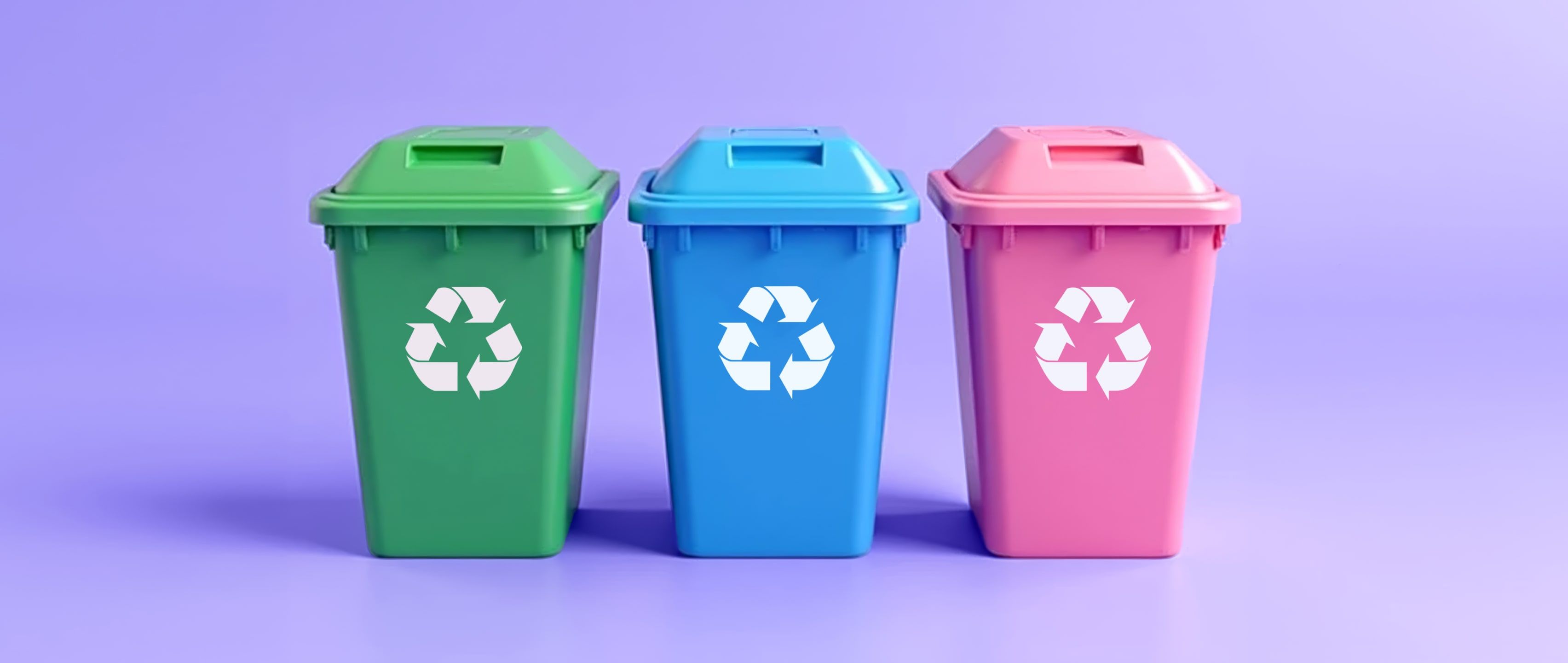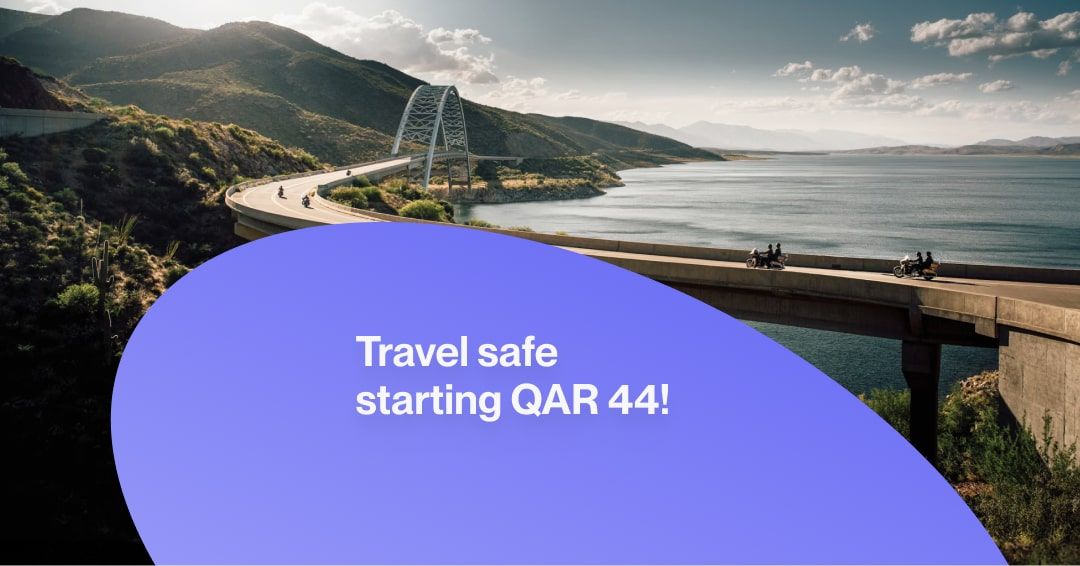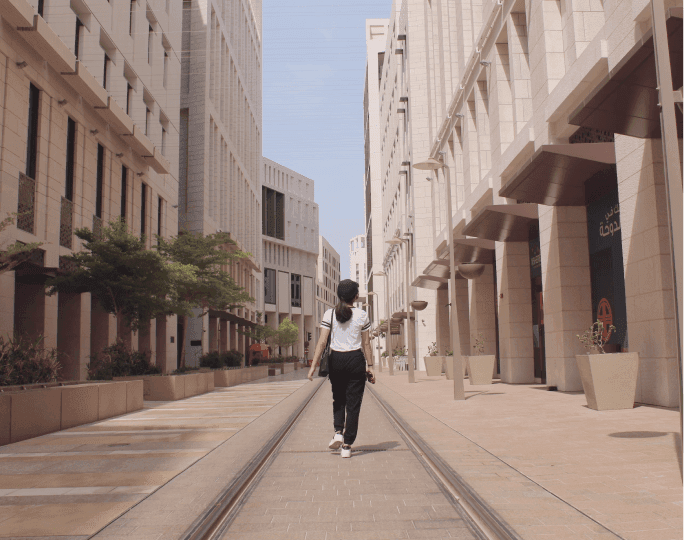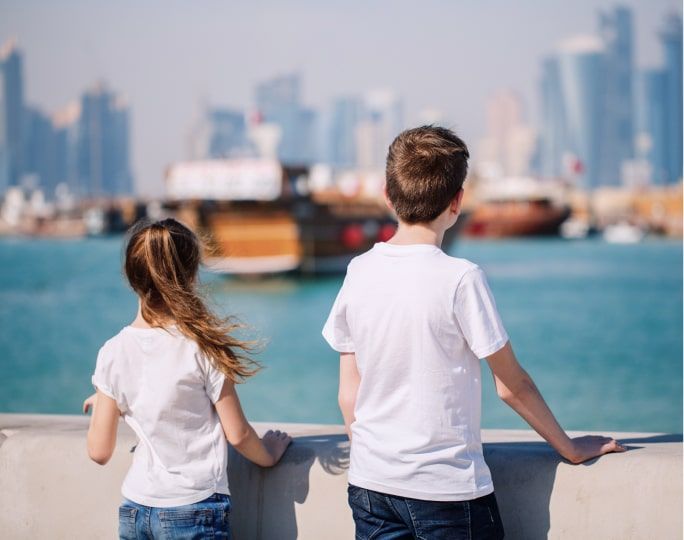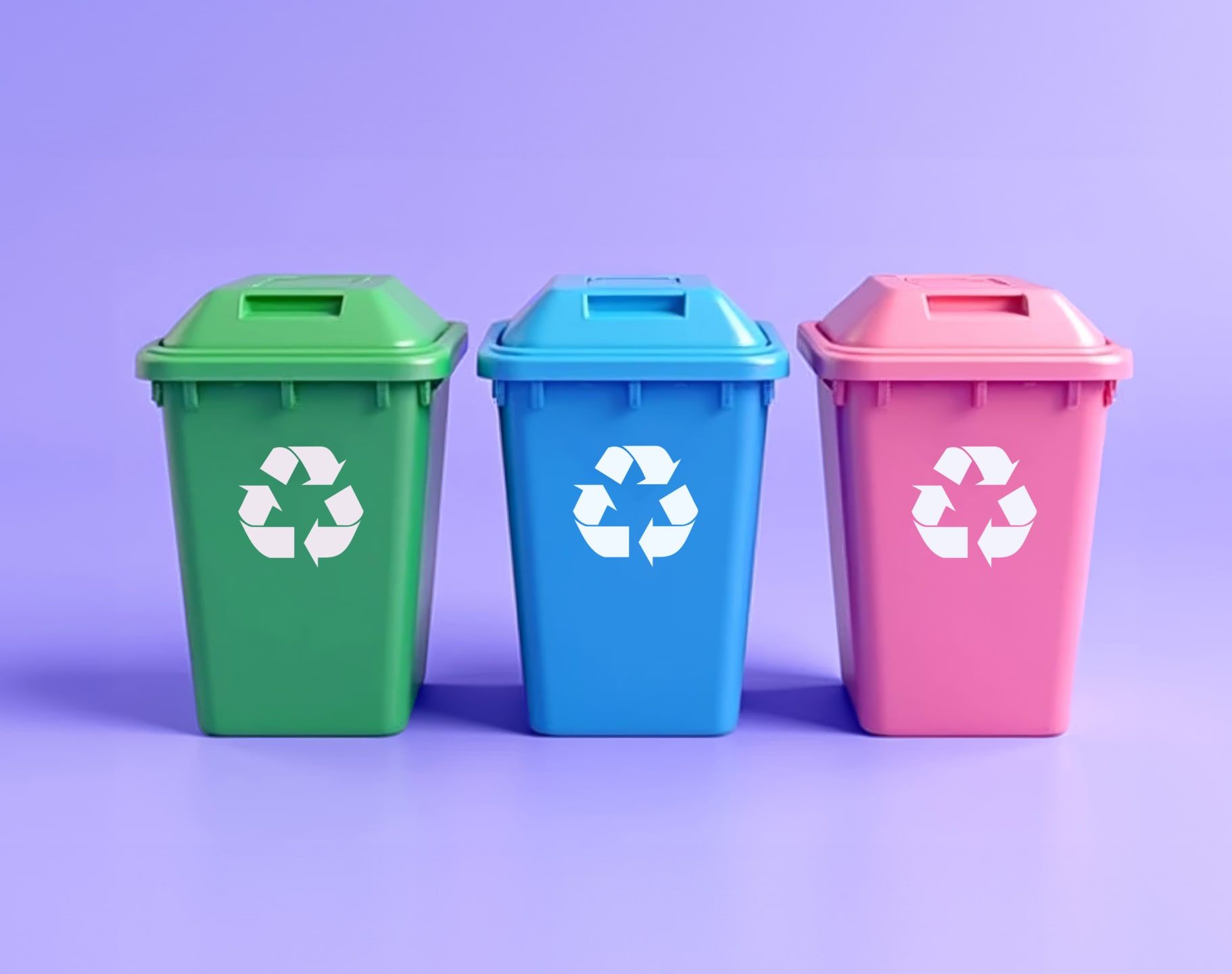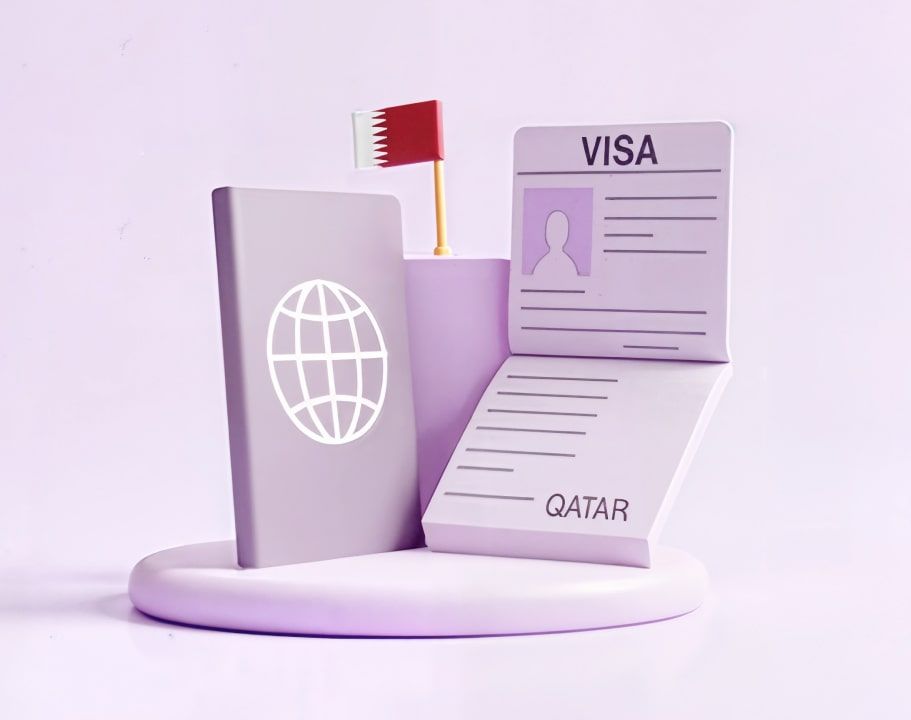Contents
Recycling isn’t mandatory in Qatar yet, but this hasn’t stopped many residents from thinking about it. On average, a single Qatar resident throws away about 1.3 to 2.5 kilos of trash daily — an equivalent of a full shopping bag. Altogether, this amounts to over 2.5 million tons of waste annually.
Faced with these numbers, the Qatari government made recycling a national priority under Qatar National Vision 2030, aiming to recycle up to 95% of all its waste. That’s why recycling in Qatar is becoming increasingly accessible.
Whether you’re already an avid recycler or just starting, this guide will walk you through everything you need to know about recycling in Qatar, including what you can recycle, where to go, and how to build a simple system that fits your everyday life without feeling overwhelmed.
Why is recycling important
Out of sight, out of mind. This is what usually happens with trash. You throw things in the bin without any second thought. However, this comes with a long-term environmental cost. Qatar generates a significant amount of waste for a relatively small population.
Most of this waste ends up in landfills, buried beneath the desert or incinerated, when most of it can be recycled. A plastic bottle can become a t-shirt. A soda can can be repurposed as part of a bike frame. A cereal box can live a second life as a notebook. Recycling uses far less energy and water than starting from scratch.
According to the Ministry of Municipality, around 54% of Qatar’s waste was recycled or converted to energy in 2023, still far from the ambitious goal of 95% outlined in Qatar National Vision 2030. That means millions of recyclable items are still going to waste each year.
Recycling is one of the simplest ways to make a positive impact on the world and show your care for the place you live. And if you’ve never done it, don’t get overwhelmed. It doesn’t have to happen overnight. You can start small and gradually build the habit of sorting. It begins by knowing what you can and can’t recycle in Qatar.
What you can recycle in Qatar
When you first start thinking about recycling in Qatar, the biggest question is often what exactly goes where?
The confusing part is that not all materials are accepted. And some, if thrown in by mistake, can contaminate an entire batch of recyclables, rendering all those sorting efforts futile. To avoid this, here’s an easy guide on what you can recycle and what to leave out, based on local services and common drop-off points.
There are three categories you should keep in mind. To make it easier, think of it like three sorting baskets:
Basket 1: Regular household system
Qatar’s recycling system accepts four materials: paper, plastic, metal, and glass. This covers a lot of what we use every day: newspapers, cereal boxes, shampoo containers, soda cans and even those glass jars you’ve been meaning to reuse but never do. Just keep in mind that you need to make them reasonably clean.
Basket 2: Special disposal
These materials need extra attention. They can be recycled, but not through your regular bin system. They require designated drop-off points, store take-back programs, or government collection events.
-
Electronics: We all have a drawer full of tangled cables and chargers that haven’t matched a device since 2013. Or an old laptop gathering dust in the corner. These items contain valuable metals, like copper and gold, but also toxic components that can harm people and the environment if not handled properly.
-
Batteries: AA, AAA, rechargeables, and lithium-ion batteries also fall into this category. They contain heavy metals and toxic chemicals that can leak into the environment if not handled properly.
-
Light Bulbs & Tubes: CFLs, LEDs, and fluorescent tubes contain small amounts of mercury and must be disposed of properly to avoid harming the environment.
-
Paint, Chemicals, and Cleaning Fluids: Leftover paint, car oils, solvents, and pesticides are classified as hazardous waste. These liquids can be flammable, corrosive, or toxic, and if dumped incorrectly, they can pollute water, harm wildlife, and pose health risks.
Basket 3: What you cannot recycle in Qatar
Some household items simply can’t be recycled in Qatar. These materials are either contaminated, made of mixed components, or not supported by local recycling infrastructure. They should go in the general waste bin.
-
Food Waste: Leftovers, fruit and veggie peels, bones, and used coffee grounds may be compostable, but they’re definitely not recyclable. Throwing them in the recycling bin can contaminate everything else inside. In Qatar, there’s no separate collection system for compostable household food waste. So for now, food scraps should go into your regular trash bin, not the recycling. If you’re looking to take things further, consider home composting. It’s a great way to reduce waste, and your plants will love those extra nutrients.
-
Soiled or Contaminated Paper: Greasy pizza boxes, used napkins, tissues, and paper towels might be made of paper, but once they’re dirty, they can’t be processed for recycling. They ruin otherwise clean batches.
-
Plastic Bags and Wrappers: Single-use bags, cling film, and snack wrappers are too thin and flimsy to be processed by local recycling machines and they can even tangle and damage the equipment.
-
Mixed or Non-recyclable Materials: Things like sponges, mop heads, vacuum dust, cotton pads, toothpaste tubes, and multi-layer packaging are made from mixed materials that can’t be separated. This makes them impossible to recycle effectively.
-
Ceramics and Kitchen Glass: Plates, mugs, and cookware are often heat-resistant or treated and can’t be recycled like regular glass.
- Mirrors and Window Glass: These types of glass have different melting points than bottles and jars, so they can’t be melted down or reused in the same way.
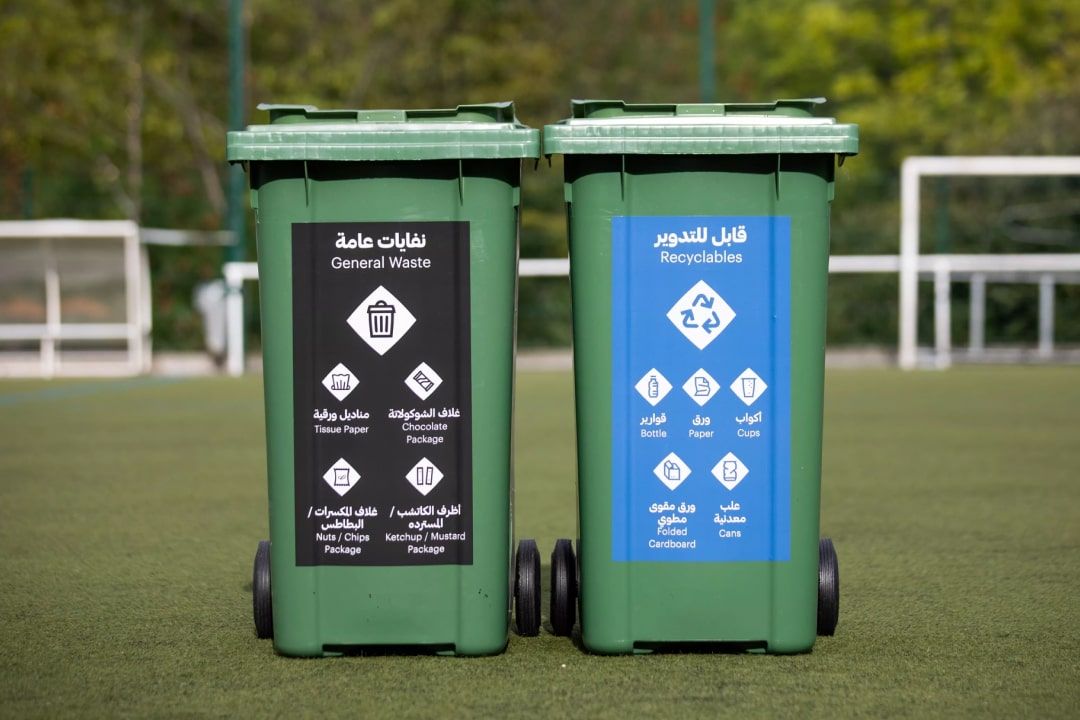
Where to recycle in Qatar
Knowing where to recycle is just as important as knowing what to recycle. Thankfully, Qatar has been making steady progress in making recycling more accessible, especially for households. Whether you live in a villa or an apartment, chances are there’s already a recycling solution close to you or at least coming soon.
Household items (type 1)
In many areas of Doha, particularly in newer residential zones, the Ministry of Municipality has introduced blue and grey household bins as part of its “Waste Sorting at Source” program. The blue bin is for recyclables, and the grey one is for general waste. According to recent reports, approximately 80% of Doha households now have access to this system, with the plan to cover the entire country by 2026.
If you live in an apartment, things can be a little different. Some buildings have internal recycling systems (typically in the garbage room or parking garage), but not all. If you don’t see clearly labelled bins, check with your building management. Many residents have successfully requested blue bins just by asking.
Residents can also take the lead themselves. They can create their own drop-off point for recyclables and coordinate monthly pickups with a local recycling company. All it takes is a WhatsApp group and a little initiative.
There are other options if you don’t have curbside recycling or building-level support.
-
Al Meera supermarkets have installed reverse vending machines at select branches, allowing customers to return plastic bottles and aluminum cans. You might even get store credit or discounts for doing so. Check which Al Meera branch near you has a machine and plan your next recycling trip.
-
Elite Paper Recycling has placed hundreds of public paper collection cages around the city, near schools, parks, and community centres. These are perfect for newspapers, magazines, and cardboard. To find a recycling cage near you, you can visit Elite Paper Recycling's official website or contact them directly.
-
Some schools and mosques also participate in collection programs, particularly for paper and electronic waste. Ask those around you if they have similar initiatives.
Special disposal (type 2)
When it comes to special items like electronics, batteries, or paint, you won’t find a blue bin waiting at the curb for you. But don’t worry, there are drop-off points all over Qatar if you know where to look:
Electronics
-
Al Meera Supermarkets: E-waste recycling stations in parking lots.
(Al Meera Locations, Qatar) -
Qatar Foundation: Collection bins around Education City, including HBKU Student Center.
(Qatar Foundation, Al Rayyan) -
Wellkins Medical Centre has an active e-waste CSR program.
(Ramada Signal, Doha): -
Seashore Recycling Center accepts a wide range of electronics.
(Seashore centre, New Industrial area)
Batteries and Light Bulbs
-
Al Meera Supermarkets: Some branches have battery drop-off bins near the entrance.
(Al Meera Locations, Qatar) -
Lulu Hypermarkets: Look for battery disposal points near customer service.
-
City Center Mall: Drop-off points for both batteries and light bulbs.
(City Center Mall, Doha) -
Select hardware stores: Some offer bins for light bulbs and smaller electronics. Look for those close to you.
Paint, chemicals, and cleaning fluids
Unfortunately, you won’t find a year-round drop-off for these. However, the Ministry of Municipality holds hazardous waste collection events occasionally, especially during Qatar Sustainability Week and Earth Day. Some local NGOs, like Seashore Recycling, are also involved in waste recycling. Follow their websites or social media to catch the next campaign near you.
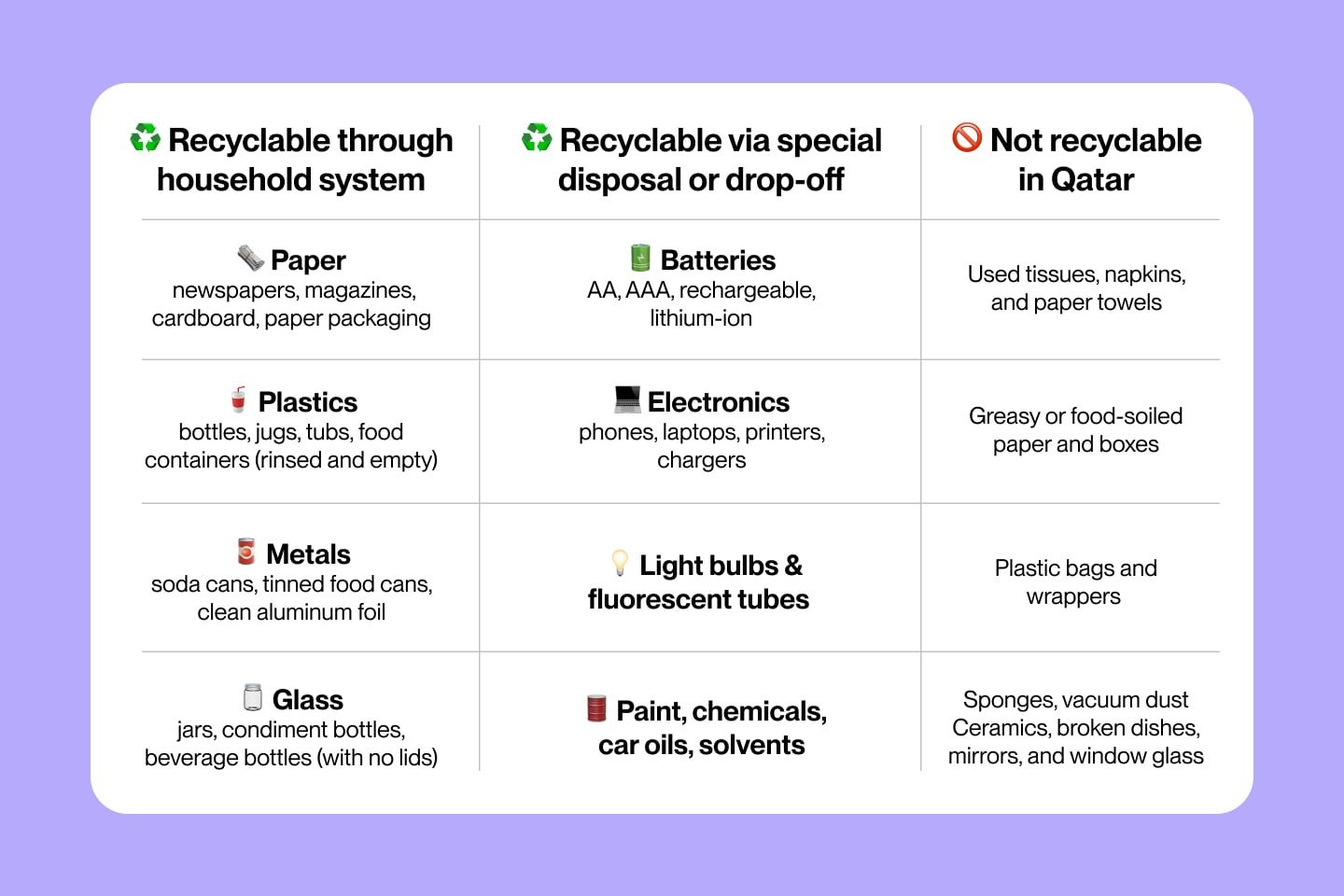
How to sort & prepare your recycling
So you’ve figured out what can be recycled and where it should go. Now comes the part where you need to roll up your sleeves and sort your items. And this is where most people give up. But it’s surprisingly simple and once it becomes part of your daily routine, you won’t even think about it.
Step 1: Create a simple sorting system at home
You don’t need fancy bins or Marie Kondo-level organization. Just get two containers in your kitchen or laundry room. One is for regular waste and the other is for recyclables.
Some residents use color-coded bags, while others repurpose cardboard boxes or even old laundry baskets. The secret is in visibility. Keep your recycling container somewhere visible and convenient, especially near where you generate most waste, which is usually the kitchen.
Step 2: Empty, rinse, and dry
You don’t need to scrub everything until it’s spotless. But rinsing out major food residue is important. A quick wash with water is enough. Make sure everything is dry before tossing it in. Wet items like tissues, food waste, or diapers don’t belong in the recycling bin and can contaminate the whole lot. And if your bin fills slowly, consider using a lid or emptying it regularly to avoid odors and pests.
Step 3: Break down and save space
Flatten boxes and crush bottles or cans to optimize space in your recycling bin. Properly compacted items make the collection and recycling operation more efficient. Trucks can then carry more, and sorting facilities process it faster. And bonus point: it feels strangely satisfying to stomp a can flat. Try it!
Step 4: Keep it clean
The recycling bin should only contain dry items since adding food waste or diapers, tissues, or other wet items will contaminate the batch and attract pests. And if your indoor recycling bin fills slowly, try using a lid or emptying it regularly to avoid smells.
Step 5: Make room for the non-regular recyclables
If you want to take it further and start recycling special items, get a third container and label it “Special Items to Recycle”. These are items from Basket 2 that can be recycled, but not through regular household recycling. You can use old shoe boxes, cloth bags, or large jars; it doesn’t really matter. The idea is to collect these items in one place, so when it’s time for a drop-off, you’re ready.
The process of sorting and prepping your recycling does not need to be perfect. It just needs a bit of consistency. It begins with setting aside a specific area for recycling, cleaning and flattening your used items. Roll the bin and now the trash is ready for its next destination.
What happens to recyclables after they leave your bin
Most recyclables in Qatar are sent to the Domestic Solid Waste Management Center (DSWMC) in Mesaieed, the command center for waste management. Since its inception, the massive facility has handled around 9 million tons of waste, making it one of the most advanced treatment plants in the region.
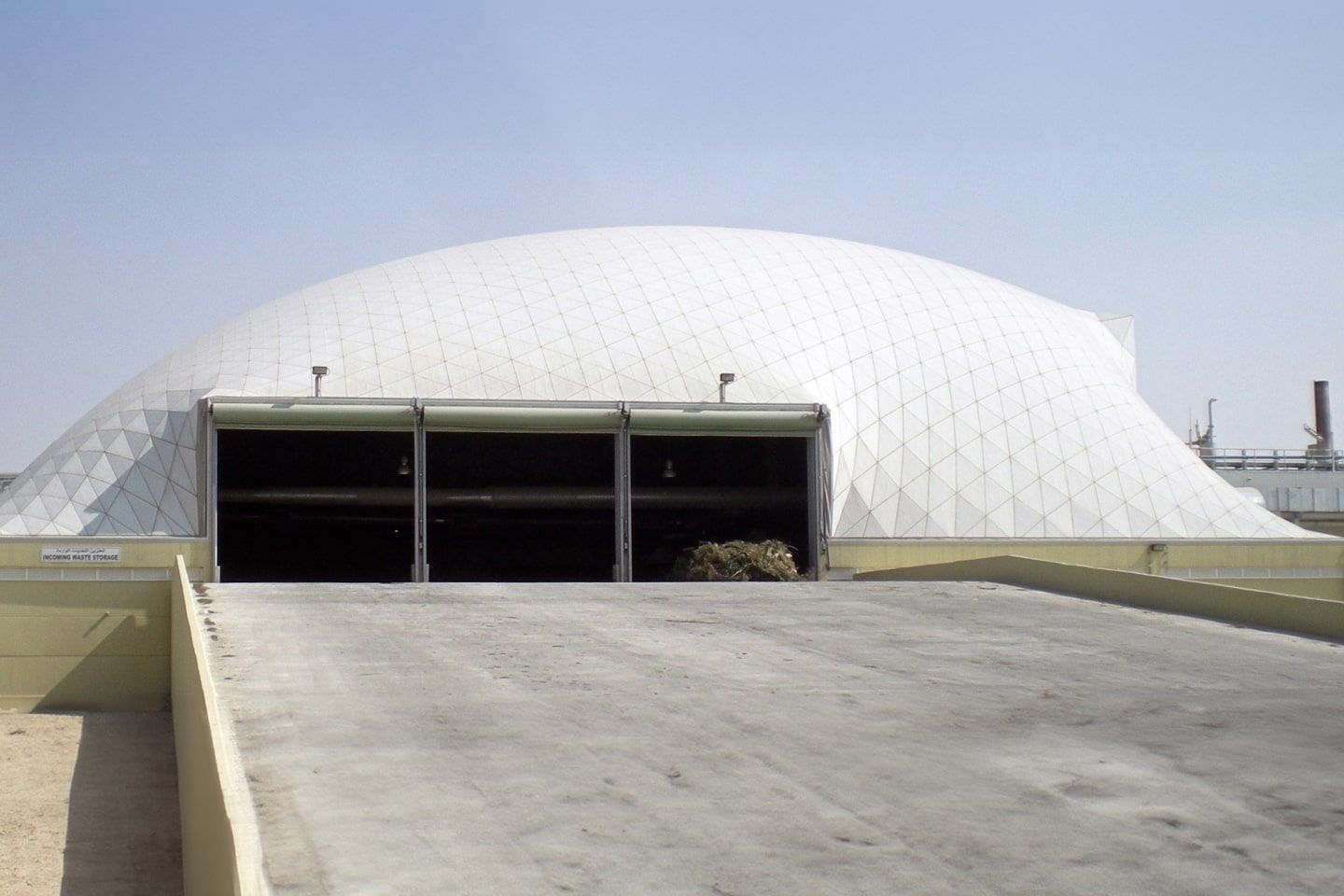
Once your recyclables arrive, it’s sorting time. Items are separated into paper, plastic, metal, and glass, get cleaned, then sent to local recycling companies:
-
Paper and cardboard are pulped and turned into tissue, notebooks, and packaging by companies like Elite Paper Recycling.
-
Plastic is shredded into pellets and reused in products like piping or packaging.
-
Aluminium cans are melted down and can return to the shelves.
-
Glass is cleaned, crushed, and melted and reborn as new jars or materials.
Special items, such as e-waste, paint, and batteries —the ones you’ve hopefully set aside for drop-off —are sent to licensed contractors who safely recover materials and handle the hazardous parts.
In short, your effort doesn’t vanish. It’s part of a real, functioning system. And the more we get it right at home, the better the chances are that what we recycle will truly get a second life.
FAQ
What is recycling?
Is recycling mandatory in Qatar?
How can I easily start recycling at home?
Are there any incentives for recycling in Qatar?
Can I recycle at home if I don’t have the blue and grey bins?
Is there an app for tracking recycling locations in Qatar?
What happens if I put non-recyclable items in the blue bin?
